
You are now leaving Tergar
You are now leaving this Tergar website to an external site where you will be subject to that site's privacy policy.
If difficult emotions keep pulling you off balance, these three methods can show you a completely different way to meet them.
READ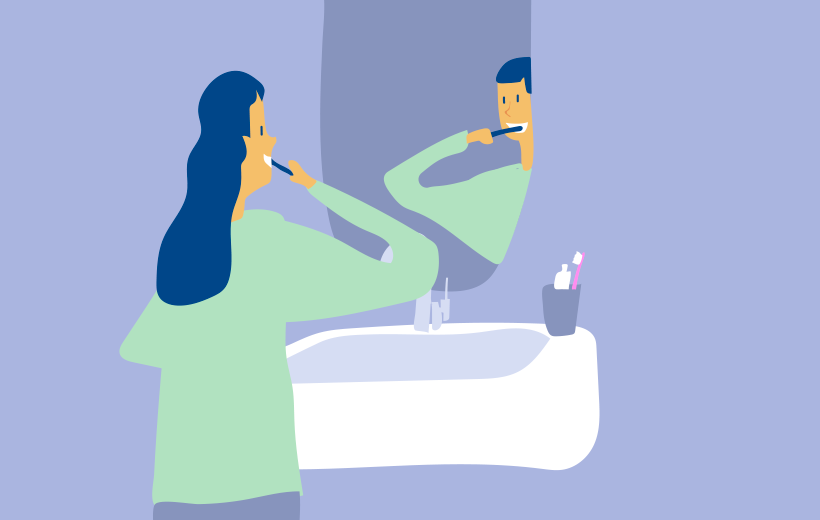
What can you do to improve your habit of meditation? What follow are a few tips from Mingyur Rinpoche.
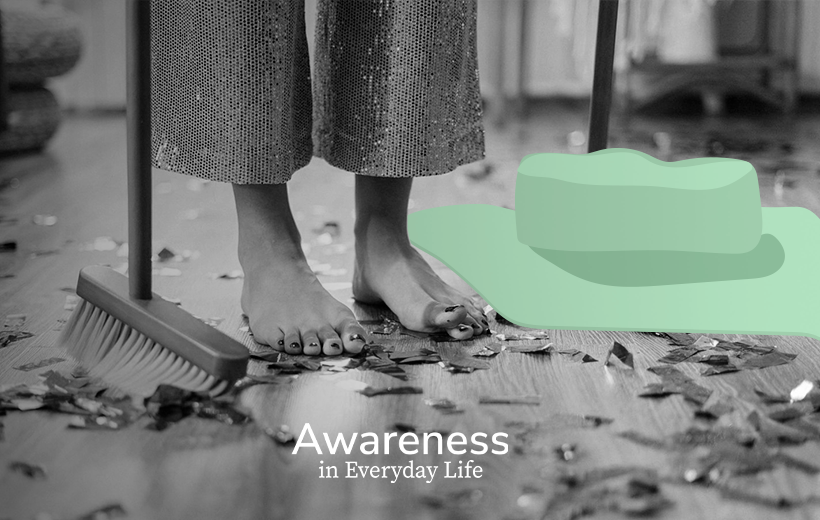
“If you’ve ever cleaned your entire house instead of meditating, this story will feel all too familiar!”

If your days feel packed and pressured, this post shows how the simple habit of pausing to just be can change everything.
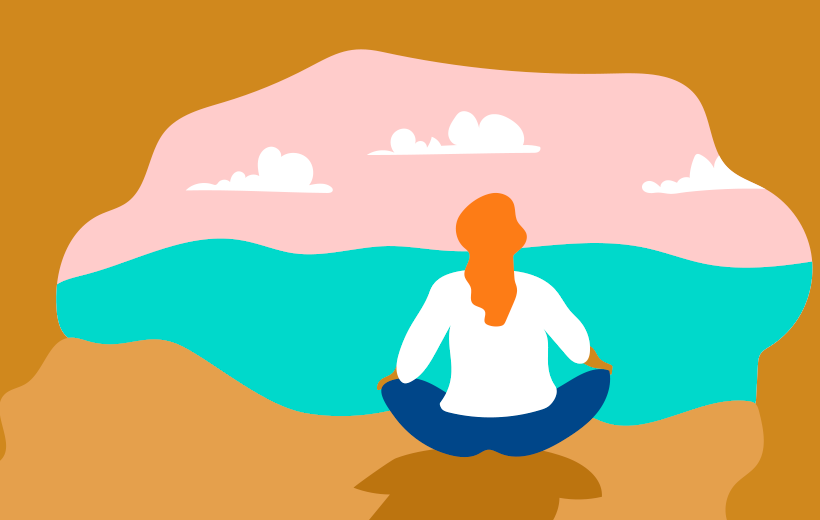
Drawing on decades of meditation experience, Myoshin Kelley offers practical and heartfelt guidance for anyone wishing to deepen their meditation practice.
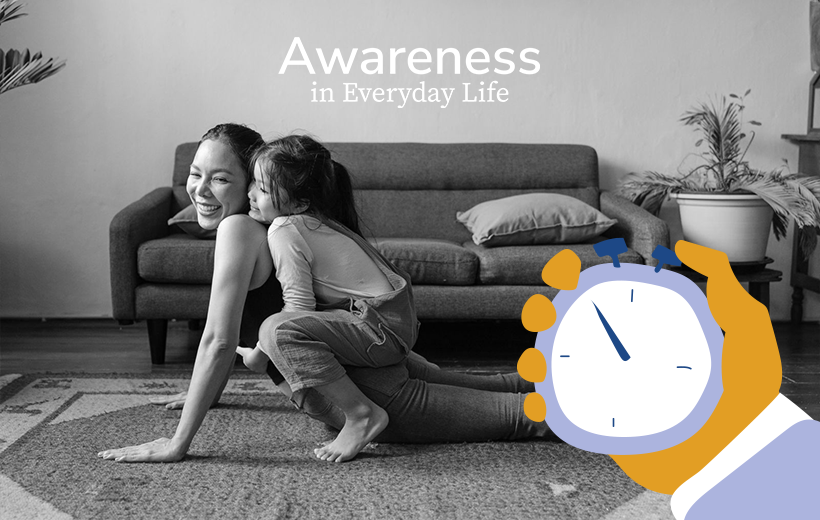
What is the best meditation that can be done amidst hungry kids, barking dog, and busy boardrooms? Read more from Chris Pacheco, father of four young boys.
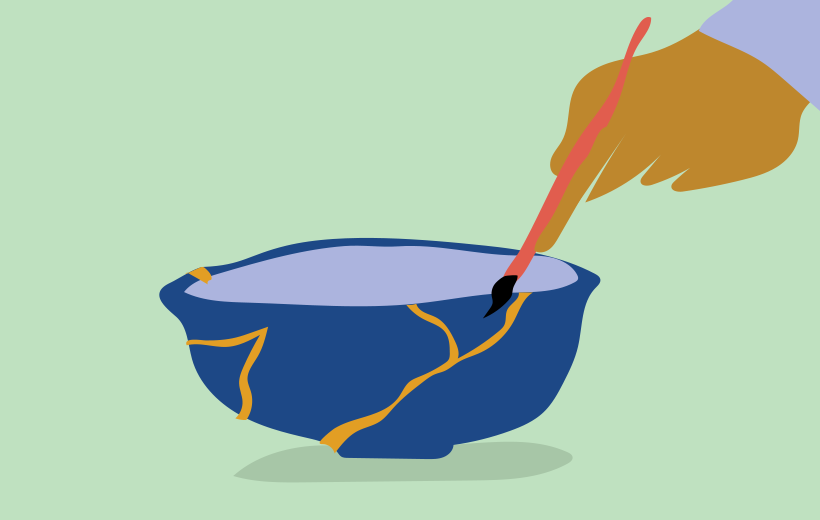
What if the conflicts that fracture us could become the gold that mends us? In this deeply personal reflection, Emilda Rahim offers a meditative journey through the pain of disconnection toward healing, clarity, and quiet transformation.
If you enjoyed reading our articles, please join our mailing list and we’ll send you our news and latest pieces.